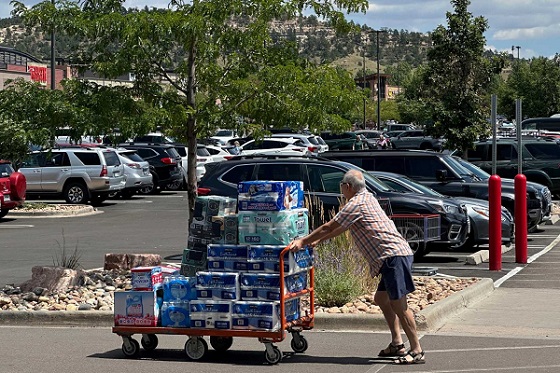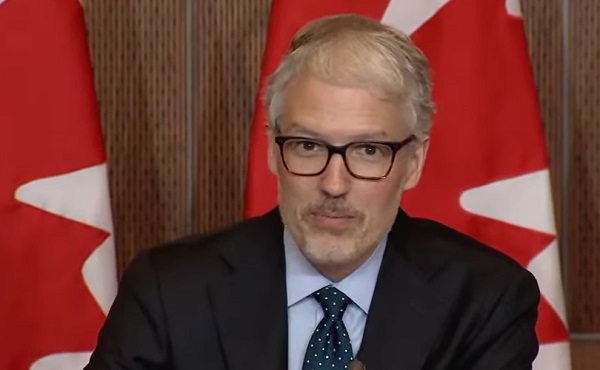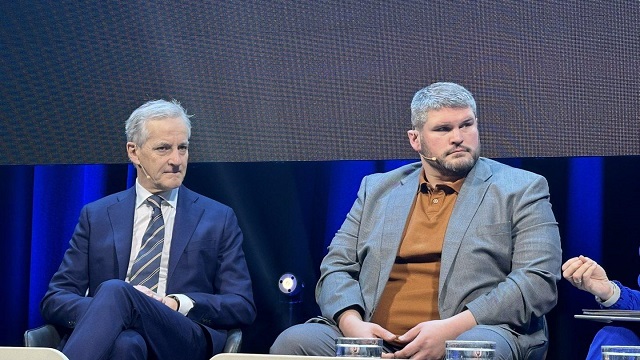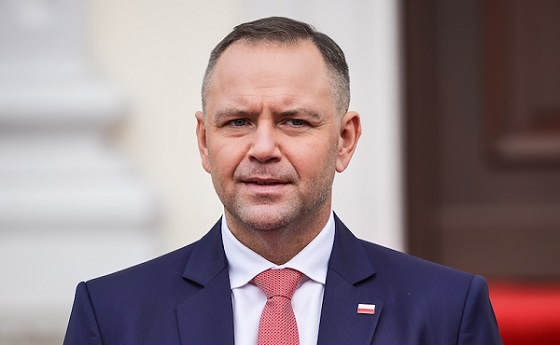Uncategorized
Manhunt in Crimea for possible accomplice in school attack

MOSCOW — Authorities on the Crimean Peninsula were searching for a possible accomplice of the student who carried out a shooting and bomb attack on a vocational school, killing 20 people and wounding more than 50 others, an official said Thursday.
An 18-year-old student, who later killed himself, was initially believed to be the only one to have been involved in the carnage at the Kerch Polytechnic College on Wednesday. Authorities haven’t provided a motive for the shooting, and teachers and classmates described the attacker as a shy man who had few friends.
But Kremlin-appointed Crimean chief Sergei Aksyonov told Russian news agencies on Thursday that it is possible that the attacker, identified as Vyacheslav Roslyakov, had an accomplice.
“The point is to find out who was coaching him for this crime,” he said. “He was acting on his own here, we know that. But this scoundrel could not have prepared this attack on his own, in my opinion and according to my colleagues.”
Residents of the Black Sea city of Kerch brought flowers and toys to a makeshift memorial outside the school on Thursday morning. Many were in tears and struggled to speak.
Russia annexed the Crimean Peninsula from Ukraine in 2014. Wednesday’s attack was by far the worst by a student in Russia, raising questions about school security in the country. The Kerch Polytechnic College had only a front desk with no security guards. Russia’s National Guard said Thursday that it has deployed officers and riot police to all schools and colleges in Kerch in the aftermath of the attack.
The death toll from the shooting climbed by one to 20 on Thursday after one of the wounded died in a hospital, and the first victim will be buried later in the day.
Dozens remain hospitalized in Kerch, and at least 10 people with severe injuries will be airlifted to top Russian hospitals for surgery, Health Minister Veronika Skvortsova said.
Most of the people killed died from gunshot wounds, and those who ended up hospitalized have injuries from a blast from an improvised explosive device that was packed with shrapnel.
“The kids’ muscles have been ‘minced’ with small metal objects,” Skvortsova said. “Those who have their organs ripped apart, we are finding metal balls in kidneys, intestines, in blood vessels. That is how powerful the blast was.”
Skvortsova spoke of the severity of injuries some of the victims have sustained.
“Some people have feet, lower legs missing,” she said.
The school attack in Kerch was the greatest loss of life in school violence in Russia since the Beslan attack by Chechen separatists in 2004, in which 333 people were killed during a three-day siege, many of them children, and hundreds of others were wounded.
Since Crimea’s annexation, Russian authorities have repeatedly warned of a terrorism threat coming from unnamed Ukrainian nationalists as well as ethnic Tatars, an indigenous Crimean people. But despite acts of public defiance and rallies, both groups haven’t been engaged in any violent activities in Crimea.
Russia has fairly strict gun legislation. Civilians can own only hunting rifles and smoothbore shotguns and must undergo significant background checks. Roslyakov had only recently received a permit to own a shotgun and bought 150 cartridges just a few days ago, according to local officials.
Asked about possible plans to further restrict gun ownership in Russia, Kremlin spokesman Dmitry Peskov urged caution and said the government would wait for the results of the investigation.
Nataliya Vasilyeva, The Associated Press
Uncategorized
New report warns WHO health rules erode Canada’s democracy and Charter rights

The Justice Centre for Constitutional Freedoms has released a new report titled Canada’s Surrender of Sovereignty: New WHO health regulations undermine Canadian democracy and Charter freedoms. Authored by Nigel Hannaford, a veteran journalist and researcher, the report warns that Canada’s acceptance of the World Health Organization’s (WHO) revised International Health Regulations (IHR) represents a serious erosion of national independence and democratic accountability.
The IHR amendments, which took effect on September 19, 2025, authorize the WHO Director-General to declare global “health emergencies” that could require Canada to follow directives from bureaucrats in Geneva, bypassing the House of Commons and the will of Canadian voters.
The WHO regards these regulations as “binding,” despite having no ability or legal authority to impose such regulations. Even so, Canada is opting to accept the regulations as binding.
By accepting the WHO’s revised IHR, the report explains, Canada has relinquished its own control over future health crises and instead has agreed to let the WHO determine when a “pandemic emergency” exists and what Canada must do to respond to it, after which Canada must report back to the WHO.
In fact, under these International Health Regulations, the WHO could demand countries like Canada impose stringent freedom-violating health policies, such as lockdowns, vaccine mandates, or travel restrictions without debate, evidence review, or public accountability, the report explains.
Once the WHO declares a “Pandemic Emergency,” member states are obligated to implement such emergency measures “without delay” for a minimum of three months.
Importantly, following these WHO directives would undermine government accountability as politicians may hide behind international “commitments” to justify their actions as “simply following international rules,” the report warns.
Canada should instead withdraw from the revised IHR, following the example of countries like Germany, Austria, Italy, Czech Republic, and the United States. The report recommends continued international cooperation without surrendering control over domestic health policies.
Constitutional lawyer Allison Pejovic said, “[b]y treating WHO edicts as binding, the federal government has effectively placed Canadian sovereignty on loan to an unelected international body.”
“Such directives, if enforced, would likely violate Canadians’ Charter rights and freedoms,” she added.
Mr. Hannaford agreed, saying, “Canada’s health policies must be made in Canada. No free and democratic nation should outsource its emergency powers to unelected bureaucrats in Geneva.”
The Justice Centre urges Canadians to contact their Members of Parliament and demand they support withdrawing from the revised IHR to restore Canadian sovereignty and reject blind compliance with WHO directives.
Uncategorized
CNN’s Shock Climate Polling Data Reinforces Trump’s Energy Agenda


From the Daily Caller News Foundation
As the Trump administration and Republican-controlled Congress move aggressively to roll back the climate alarm-driven energy policies of the Biden presidency, proponents of climate change theory have ramped up their scare tactics in hopes of shifting public opinion in their favor.
But CNN’s energetic polling analyst, the irrepressible Harry Enten, says those tactics aren’t working. Indeed, Enten points out the climate alarm messaging which has permeated every nook and cranny of American society for at least 25 years now has failed to move the public opinion needle even a smidgen since 2000.
Appearing on the cable channel’s “CNN News Central” program with host John Berman Thursday, Enten cited polling data showing that just 40% of U.S. citizens are “afraid” of climate change. That is the same percentage who gave a similar answer in 2000.
Dear Readers:
As a nonprofit, we are dependent on the generosity of our readers.
Please consider making a small donation of any amount here.
Thank you!
Enten’s own report is an example of this fealty. Saying the findings “kind of boggles the mind,” Enten emphasized the fact that, despite all the media hysteria that takes place in the wake of any weather disaster or wildfire, an even lower percentage of Americans are concerned such events might impact them personally.
“In 2006, it was 38%,” Enten says of the percentage who are even “sometimes worried” about being hit by a natural disaster, and adds, “Look at where we are now in 2025. It’s 32%, 38% to 32%. The number’s actually gone down.”
In terms of all adults who worry that a major disaster might hit their own hometown, Enten notes that just 17% admit to such a concern. Even among Democrats, whose party has been the major proponent of climate alarm theory in the U.S., the percentage is a paltry 27%.
While Enten and Berman both appear to be shocked by these findings, they really aren’t surprising. Enten himself notes that climate concerns have never been a driving issue in electoral politics in his conclusion, when Berman points out, “People might think it’s an issue, but clearly not a driving issue when people go to the polls.”
“That’s exactly right,” Enten says, adding, “They may worry about in the abstract, but when it comes to their own lives, they don’t worry.”
This reality of public opinion is a major reason why President Donald Trump and his key cabinet officials have felt free to mount their aggressive push to end any remaining notion that a government-subsidized ‘energy transition’ from oil, gas, and coal to renewables and electric vehicles is happening in the U.S. It is also a big reason why congressional Republicans included language in the One Big Beautiful Bill Act to phase out subsidies for those alternative energy technologies.
It is key to understand that the administration’s reprioritization of energy and climate policies goes well beyond just rolling back the Biden policies. EPA Administrator Lee Zeldin is working on plans to revoke the 2010 endangerment finding related to greenhouse gases which served as the foundation for most of the Obama climate agenda as well.
If that plan can survive the inevitable court challenges, then Trump’s ambitions will only accelerate. Last year’s elimination of the Chevron Deference by the Supreme Court increases the chances of that happening. Ultimately, by the end of 2028, it will be almost as if the Obama and Biden presidencies never happened.
The reality here is that, with such a low percentage of voters expressing concerns about any of this, Trump and congressional Republicans will pay little or no political price for moving in this direction. Thus, unless the polls change radically, the policy direction will remain the same.
David Blackmon is an energy writer and consultant based in Texas. He spent 40 years in the oil and gas business, where he specialized in public policy and communications.
-
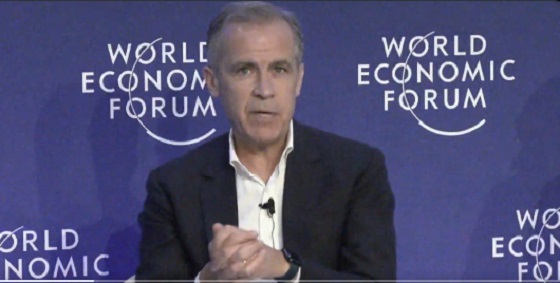
 Business3 hours ago
Business3 hours agoEmission regulations harm Canadians in exchange for no environmental benefit
-
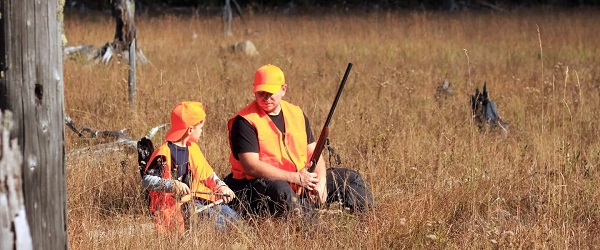
 Business3 hours ago
Business3 hours agoQuebecers want feds to focus on illegal gun smuggling not gun confiscation
-

 Energy24 hours ago
Energy24 hours agoMinus Forty and the Myth of Easy Energy
-

 Uncategorized23 hours ago
Uncategorized23 hours agoNew report warns WHO health rules erode Canada’s democracy and Charter rights
-

 Crime21 hours ago
Crime21 hours agoFrance stunned after thieves loot Louvre of Napoleon’s crown jewels
-

 Frontier Centre for Public Policy1 day ago
Frontier Centre for Public Policy1 day agoOttawa Should Think Twice Before Taxing Churches
-
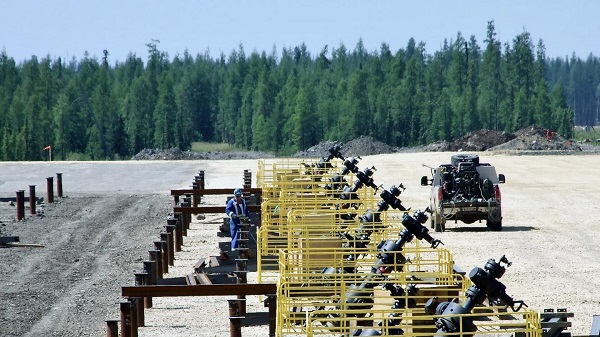
 Alberta1 day ago
Alberta1 day agoBusting five myths about the Alberta oil sands
-
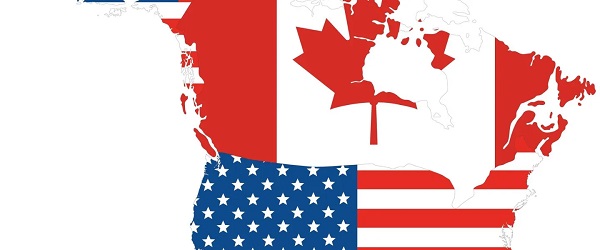
 Business1 day ago
Business1 day agoUS government buys stakes in two Canadian mining companies
